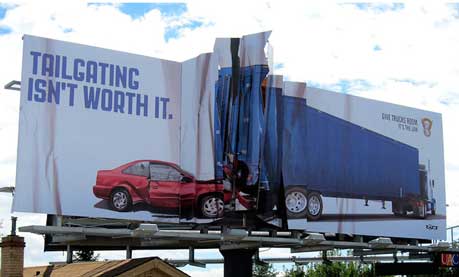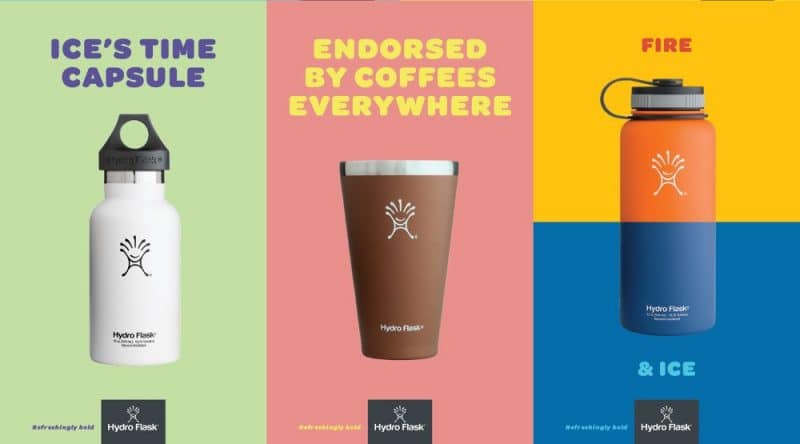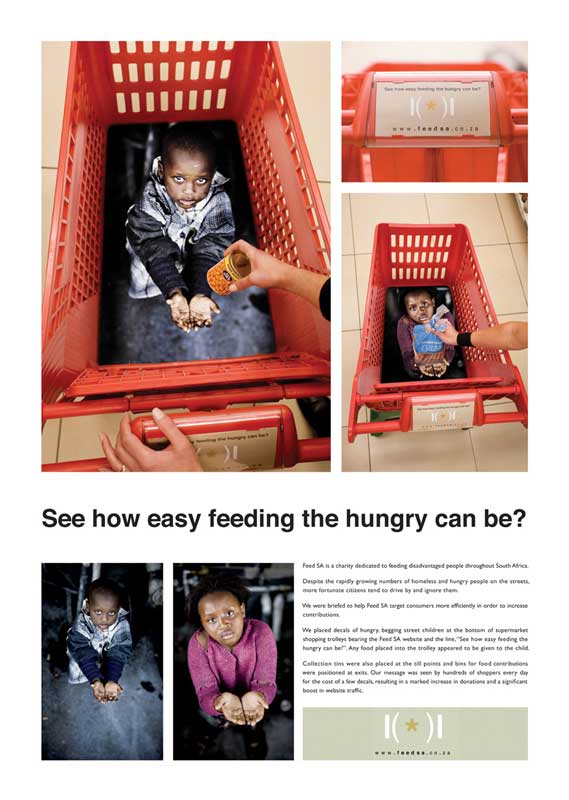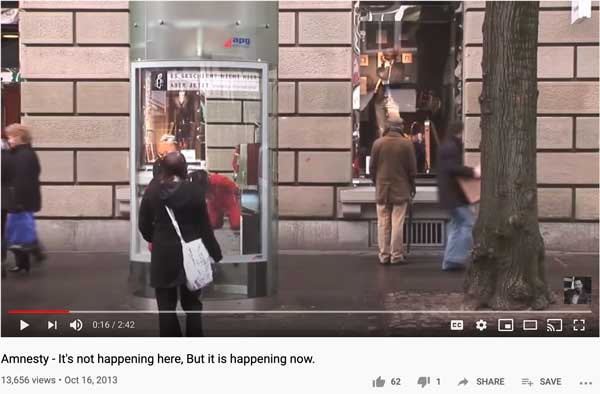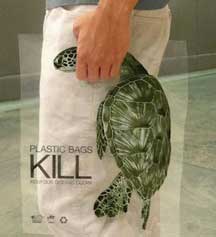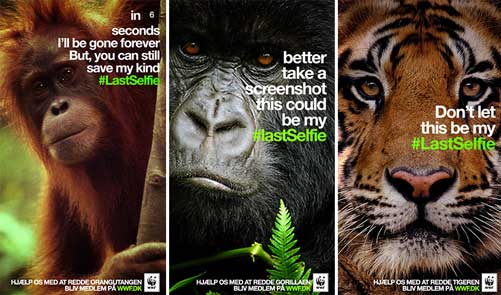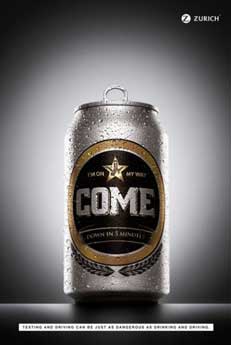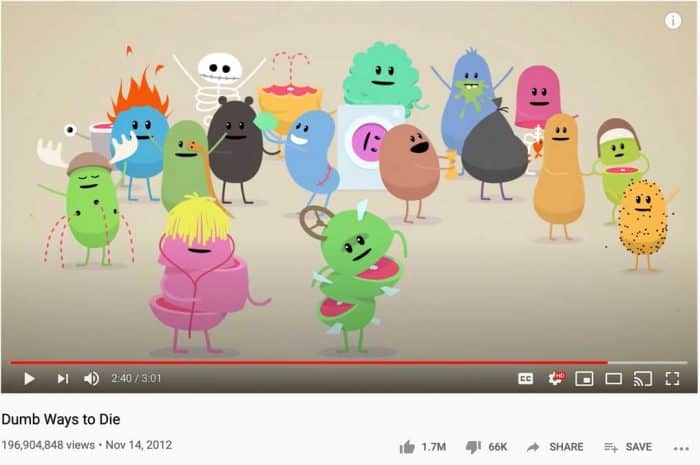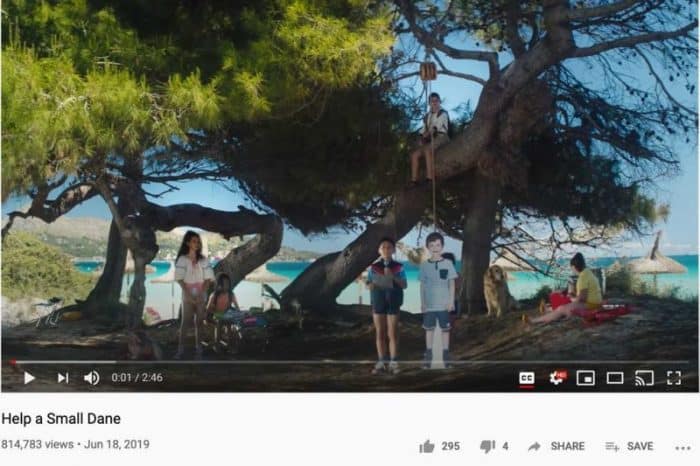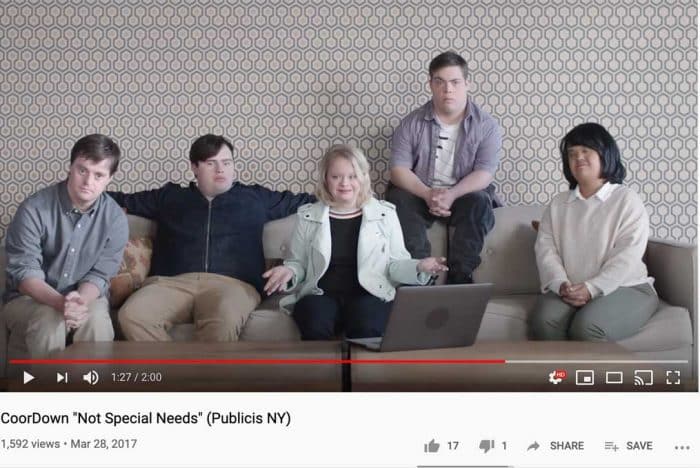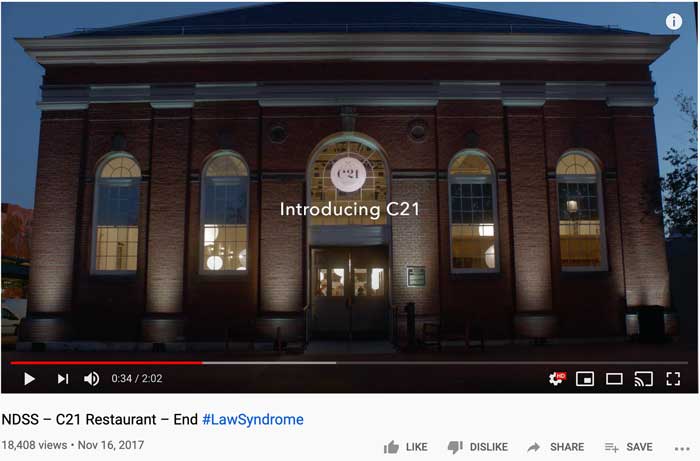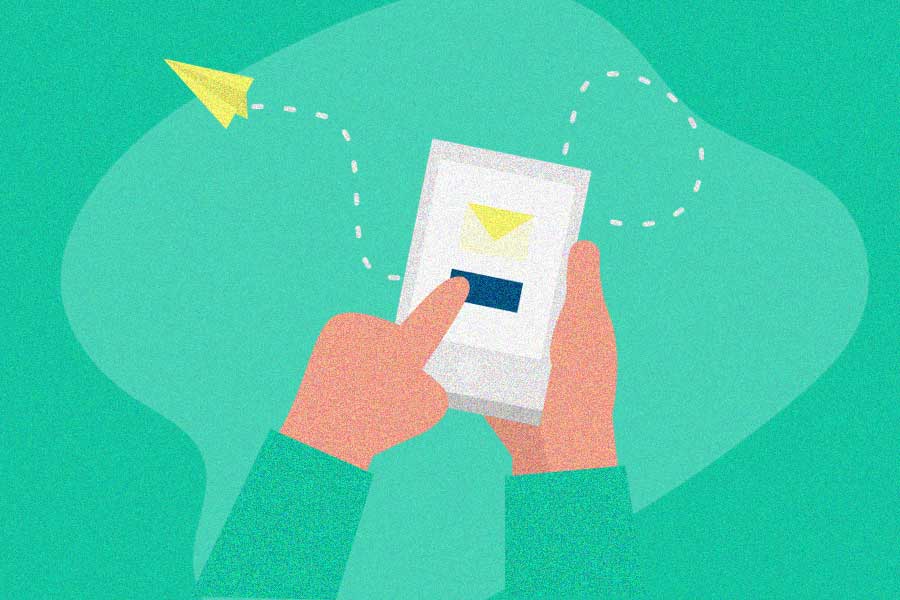You’re watching TV. A voiceover plays as a sizzling frying pan comes into view: “This is drugs.” A man then cracks an egg into the frying pan: “This is your brain on drugs. Any questions?”
You view a “We Can Do It” poster featuring Rosie the Riveter, whether the historic original or a contemporary remake.
You pass a billboard—or see a social media ad— where the iconic Smokey the Bear tells you, “Only you can prevent wildfires.”
What do these three campaigns have in common? These are all prominent examples of social marketing, or “marketing for good.” You’ve almost definitely come across at least one of these.
But what is social marketing, and what is it not? Why is it important? What are the “4 Ps” of social marketing? What are the essential elements and strategies to utilize if your company chooses to use social marketing? We’ll give you all the answers here – and break down several amazing social marketing examples, to help you generate ideas for your own campaign. Let’s dive in!
What is social marketing?
Social marketing is marketing designed to create social change, not to directly benefit a brand. Using traditional marketing techniques, it raises awareness of a given problem or cause, and aims to convince an audience to change their behaviors.
So, instead of selling a product, social marketing “sells” a behavior or lifestyle that benefits society, in order to create the desired change. This benefit to the public good is always the primary focus. And instead of showing how a product is better than competing products, social marketing “competes” against undesirable thoughts, behaviors, or actions.
Social marketing is commonly used for causes like:
Environmental causes:
- Anti-deforestation
- Anti-littering
- Endangered species awareness
Health and safety issues:
- Promoting exercise and healthy eating
- Safe driving
- Anti-drug
- Anti-smoking
- Workplace safety
- Safety when using public transportation
Social activism:
- Anti-bullying
- Fighting gender stereotypes
- Illuminating instances of discrimination, then inspiring people to fight against mechanisms that create inequality
- Ads in this subcategory include anti-racism ads, disability activism ads, and more
Who initiates these social marketing campaigns?
- Nonprofit organizations and charities run the majority of social marketing campaigns.
- Government organizations, emergency services (police, fire, ambulance) and highway safety coalitions run them as well.
- But social marketing is not out of the question if you’re a commercial business. Commercial brands will sometimes run social marketing campaigns for branding or causes they are passionate about.
What doesn’t count as social marketing?
Before we move forward with our explanation of social marketing, it’s crucial to clear up the confusion. Here are a few types of marketing that people confuse with social marketing, but that actually do NOT fall into the category of social marketing.
- Marketing “green” or “charity tie-in” products is not social marketing. In other words, if a company is marketing its own line of eco-friendly water bottles, hybrid cars, reusable lunch containers, or other “green” products, this doesn’t count as social marketing. The marketing of products with a charitable donation tie-in (such as TOMS) doesn’t count either. In both of these examples, the primary focus is on selling a product, even though a worthy cause does benefit. Meanwhile, with social marketing, the focus is solely on changing behaviors for the public good.
Here’s an example:
- An ad with alarming stats on the number of disposable water bottles thrown out per year, which promotes Hydro Flask reusable bottles as environmentally friendly, and that is made by Hydro Flask to sell its own bottles, is not social marketing.
- Meanwhile, a general campaign to promote reusable water bottles, made by an environmental organization, that does not promote a specific brand of reusable bottle, is social marketing.
- Self-serving donations certainly don’t count as social marketing. If a company publicizes a donation they make to a charity or cause, their aim is partially to boost their own reputation. This is not social marketing, due to the self-benefit factor.
- Finally, social media marketing is not the same as social marketing! This is the most common area of confusion. Many people wrongly equate social marketing with social media marketing: marketing on social networks like Facebook, Twitter, Instagram, and YouTube. Well, sometimes, social media will be used to spread, and generate buzz around, social marketing campaigns. However, most marketing on social media is oriented towards promoting a product or service, rather than solely raising awareness of a cause. That influencer’s promotion of Fashion Nova on Instagram, and those viral tweets by Wendy’s, are definitely not social marketing—they’re extremely self-serving!
Why is social marketing so important?
Think about “traditional” ads for products or services. You aren’t convinced to check out a product or service through an ad alone (in fact, you tune out the vast majority of ads you see).
But how does a well-designed ad capture your attention? It either takes a super creative angle you didn’t expect, or makes you laugh, cry, or think. Not every ad convinces you to check out the product or service it promotes, but the best ones appeal to creativity or emotion to motivate people to do so.
It’s the same way with social marketing. People don’t like being told what to do. They might not be convinced by news and typically presented PSAs about a certain social issue. Or, they might not be aware of the problem or its scope.
Some people might also find a socially beneficial behavior too difficult to perform, or might think they can’t help solve an issue on their own. Alternatively, they might have trouble breaking a long-standing habit (i.e. someone trying to quit smoking, or someone who uses disposable water bottles regularly).
But well-executed social marketing captures attention, and spreads awareness about a social issue, through creativity and emotion. Most importantly, it presents a compelling, simple way to make the world better, and makes this beneficial behavior more desirable than any “competing” behavior. Through these elements, social marketing is able to successfully “sell” a beneficial behavior.
Social marketing is especially powerful when it involves a charitable donation element, because people want to make a difference in the world. They’re very willing to give—it’s just a matter of where.
According to Nonprofits Source:
- Charities received $410 billion from Americans in 2017.
- Total donations to nonprofits increased 4.1% in 2016 and 5% in 2017.
- 84% of millennials donate to charity, at a yearly average of $481 per person.
- “Environment and animals charities; arts, culture and humanities organizations; international affairs nonprofits; and health causes [have] experienced the largest jumps in contributions.”
People are poised to make a difference with their wallets, and social marketing takes full advantage by illuminating worthy causes.
What are the “4 Ps” of social marketing
Now that we’ve thoroughly established the social marketing definition, let’s take a look at 4 essential elements for any marketing campaign—the “4 Ps”—and see how they work within the social marketing sphere. These “Ps” are product, place, price, and promotion, and they’re also known as the “marketing mix.” You’ll need to define these factors before you design your social marketing campaign, and keep them central when you design.
Product: With social marketing, the “product” is the desired social action and the benefits this action offers. Make sure that this change is presented as enticingly as possible…this may include framing the opposite behavior as negative. Also, clarity is key. Make sure your audience can quickly and easily understand your “product” and its benefits.
Place: Where do you want your audience to perform the desired behavior? How can you reach them in ways that make it easier to perform the behavior in that location (and make that behavior more desirable than competing behaviors)? Do you need to recruit peers of your audience as “ambassadors,” to make the campaign more accessible to your audience?
Consider these examples for “place:”
- If you’re running a donation campaign, include a website, QR code, or live donation link on your campaign ads.
- If you’re trying to encourage reusable bag use in stores, charge customers for every disposable bag they need, and offer reusable bags at a small fee (that customers can keep bringing back and using at no cost to them). Or take this one step further: print messages like “plastic bags kill marine life” on the disposable bags, and make the reusable bags beautiful and attractive to use.
- If you’re setting up a helpline for teens, make it available 24 hours a day, via call, text, and online messaging.
Price: Minimize the “price” that your audience believes they have to “pay” for the desired social action to take place.
This price isn’t all monetary. It’s also about minimizing the difficulty, time, and psychological/emotional costs that people will incur. So, when you’re designing a social marketing campaign, you’ll need to think about (and research) the obstacles that hinder your audience from performing the behavior.
Then, figure out intuitive, feasible ways to fight these obstacles. For example, if your campaign is aimed at encouraging more exercise in your community, but safe outdoor spaces are minimal and indoor class costs are a barrier, consider offering free indoor fitness classes.
Promotion: Promotion covers how your campaign will be presented to your audience: the contents, imagery, and medium of your social marketing ad. This is where the three other “Ps” come together!
- What channels and outlets will help you best reach your audience and draw their attention to the social marketing campaign: Social media? Television? A sign, billboard, or installation? Guerrilla campaigns?
- How will you draw attention to the product (behavior), the place you want the action performed in, and the minimized price?
Key social marketing tips and strategies
How will you creatively communicate the “4 Ps” to your audience, and strike an emotional chord? And how can you work to maximize your impact over time? Consider these tips and strategies for the best results.
Properly minimizing “price” may take several rounds of research
Before you design your campaign, to figure out what obstacles stand in the way of your audience performing your desired behavior (“price”), you’ll need to do some thorough research. Survey your audience online, on the phone, or in print. Keep in mind that it may take several surveys and conversations to accurately find the “price.” After all, as you talk to more people, you’ll have a better idea of the most common obstacles.
After you’ve identified the “price” and brainstormed ways to minimize it, consider holding focus groups, to see how people respond to the identified problem and possible solution.
Once you’re ready to design your campaign, create a slogan and compelling visuals, and think about crafting a simple but memorable symbol, to serve as powerful “triggers” that motivate action and stick in your audience’s minds.
Visuals are everything
Imagery that surprises or shocks audiences can be a powerful motivator, especially if it illustrates the problem or shows the negative impact of undesirable behaviors. Choose your campaign medium carefully to maximize the force of your visuals.
Consider creating a simple but memorable symbol
Some of the most effective social marketing campaigns involve simple yet now-iconic symbols, such as the pink ribbon for breast cancer awareness. Sometimes, that symbol is a character (think Smokey Bear). If you can create a simple yet memorable symbol or character that ties in with your campaign, that further increases the chances that your campaign behavior will “stick.”
Craft a catchy slogan
“Only you can prevent forest fires.” “This is your brain on drugs.” “We can do it!” The three iconic social marketing campaigns listed at the beginning of the article all had catchy, easy-to-remember slogans. Writing some sort of slogan is a necessity for your own social marketing campaign. As we mentioned above, you want your audience to understand the behavior you’re seeking, and how to act on the behavior, as quickly as possible. So, it makes perfect sense to condense that idea into a campaign slogan— a simple, enticing sentence that will stay in your audience’s minds. If you can include a reference to the desirable behavior’s benefits, even better.
Awesome social marketing campaigns
Now, let’s take a look at 10 effective social marketing campaigns, divided by type of cause. We go over what the campaigns do well, including how they show the 4 Ps.
[ez-toc]Humanitarian causes
1. See how easy feeding the hungry can be?
Organization: Feed SA, a charity that works to feed needy individuals in South Africa
Product: Encourage food donations to Feed SA; secondarily, encourage people to visit the Feed SA website
Place: Grocery stores.
Promotion: Place images of hungry children holding out their hands in shopping carts, begging for food, so it looks like any food placed in the shopping cart is being given to the child. Seats of the carts displayed the slogan “See how easy feeding the hungry can be?” and the Feed SA website.
Price-Cutting: All stores where this promotion was placed had food donation bins at store exits, so people could donate to FeedSA right away. No need to go very far!
Our take: Such a creative campaign that really tugs at your emotions—it definitely looks like food is being given to the child in need. And it meets the audience where they are able to take action against hunger, by being positioned where they can buy food. But it’s the element of readily available donation bins that really ties this campaign together, as it gives the audience an immediate way to act once they’re moved.
As Ads of the World reports in the image above, the campaign was quite inexpensive, yet very effective. “For the cost of a few decals,” Feed SA experienced “a marked increase in donations and a significant boost in website traffic.”
2. It’s not happening here, but it is happening now
Organization: Amnesty International
Product: Illuminate human rights abuses happening across the world, and inspire the audience to assist Amnesty International in combating these abuses (by visiting their website and either making a donation, signing a petition, or both).
Place: Bus stops, train and subway stations, phone booths, and anywhere else a large poster could hauntingly recreate the surroundings behind it.
Promotion: Posters that painstakingly recreated and exactly matched the surroundings behind them, and depicting a human rights abuse happening within those immediate surroundings—right in front of audiences’ eyes. Abuses depicted included children forced to fight in wars, people bound, gagged, and beaten, and children living in abject poverty.
Price-Cutting: Stark awareness—Amnesty knew that the issues are easy to ignore when they aren’t happening in someone’s community, so they made it look like the abuse was unfolding right where the poster was.
Our Take: This campaign brings issues to light that are often ignored because they’re half a world away. By bringing them into the audience’s own backyard, the audience identifies with these victims of human rights and is inspired to help. Plus, we appreciate the painstaking effort that went into recreating the poster’s surroundings and making it look like a glass window—I definitely thought the images were superimposed over glass, not printed on an opaque poster. And this campaign worked: Goodvertising reports that these posters increased visits to the Amnesty website by twenty times!
(Note: this campaign also included the image of the child soldier highlighted in the “visuals” section above.)
Environmental causes
3. Plastic Bags Kill
Organization: Designed by BBDO Ad Agency, Malaysia (exact organization unknown)
Product: Reduce disposable plastic bag use in favor of reusable bag use.
Place: Retail stores, most of which offer disposable plastic bags
Promotion: Striking imagery and messaging right on plastic bags: the message “Plastic bags kill” and the image of a struggling turtle.
Price-cutting: Make people think about how an ingrained habit harms marine life, so they’re less inclined to accept plastic bags. When customers carry the bags, it looks like they’re strangling the turtle with their hand. After this disturbing scenario, they’re sure to think twice the next time they’re offered a disposable bag (and will be more inclined to bring a reusable bag)!
Our Take: This campaign appeals to strong emotions by placing the message on the undesirable habit —equating the act of using the bag to harming the turtles.
4. Save Paper, Save the Planet
Organization: World Wildlife Fund/World Wide Fund for Nature (WWF)
Product: Reducing paper use, especially paper towel use; secondarily, increasing interest in WWF
Place: Public restrooms
Promotion: A paper towel dispenser that displays an image of South America, the home of the Amazon Rainforest. As more paper towels are used, the image of South America becomes less and less green, reflecting the direct correlation between excessive paper use and deforestation.
Price-Cutting: Here’s another habit that’s especially hard to break: the overuse of paper towels. But unlike the plastic bag campaign, the message appears as, not after, someone makes a small choice that affects the environment. As people read the message “Save paper, save the planet,” and see that the paper represents the health of the Earth, they’ll be more inclined to limit their towel use, or use the air dryer instead.
Our Take: This is a classic case of meeting your audience right where they are—the audience can take a small action right away to help the Earth!
5. #LastSelfie
Organization: World Wildlife Fund (again), this time on Snapchat
Product: Raise awareness of the plight of endangered species, and encourage donations to WWF to help save these species
Place: Snapchat and other social media
Promotion: Snapchat “selfies” of endangered species. The medium of Snapchat means the selfies naturally disappear, which effectively highlights the plight of endangered species—if we don’t act now, the endangered species will disappear from our world forever. Viewers are urged to make sure that these pictures of the endangered species aren’t their “last selfies,” by donating to WWF and sharing on multiple social platforms to further spread awareness.
Price-cutting: The disappearing nature of Snapchat adds urgency to the campaign.
Our Take: We are impressed by the masterful use of Snapchat’s trademark disappearing feature for maximum impact. The campaign was so impactful that it masterfully crossed social platforms, especially when it comes to Twitter (Twitter has 73 million users in the US alone, and hundreds of millions worldwide).
- 40,000 people shared the images on Twitter in a single week, reaching 120 million users in that span alone.
- Thanks to the campaign, WWF reached their monthly donation goal in just three days!
Health and Safety
6. Texting Beer Can
Organization: Zurich Insurance Agency and ad agency Grey 141
Product: Discourage people from texting while driving; show people that texting while driving and drunk driving can be equally dangerous.
Place: The exact place where these ads were displayed is not known for certain, but the campaign was likely released both in print and digitally.
Promotion: The ad features a beer can with a unique label; on close inspection, you realize that the label contains the words of a text message (as evidenced by the phone emblem at the label’s top center). This equates the dangers of texting and driving with the dangers of drinking and driving— both are potentially fatal forms of driving while impaired.
Price-cutting: So many people don’t realize how harmful texting and driving can be, and often fall into the trap of thinking that “it’s just a text, it won’t hurt.” This ad from Zurich Insurance Group closes that gap thanks to masterful positioning
Our Take: We love the juxtaposition of this ad, as it forces us to equate drunk driving with texting while driving. Drunk driving ads tend to hit home more easily—we know the dangers—whereas distracted driving ads tend to get glossed over. But Zurich and Grey 141 have made us pay attention.
7. Dumb Ways to Die
Organization: Metro Trains (Melbourne, Australia)
Product: Convince young people to stay safe around trains
Place: The video, as well as a website, print and digital ads, and an accompanying app
Promotion: An adorably gruesome and catchy song that showed various random, dumb ways to meet your demise. At the end of the song, unsafe train behaviors are listed as “the dumbest ways to die.” The video’s look and feel was intentionally the opposite of traditional safety campaigns, as lyricist John Mescall told Adweek: “What if we disguised a worthy safety message inside something that didn’t feel at all like a safety message? We thought about what the complete opposite of a serious safety message would be, and came to the conclusion it was an insanely happy and cute song.”
Price-cutting: Breaking down disinterest barriers to make the safety message something people would want to listen to!
Our Take: This 2012 campaign, run by a commercial company, is one of the most successful social marketing campaigns of all time!
- It rapidly went viral—and blurred the boundaries of what is and isn’t an ad campaign.
- As Adweek reports, it racked up over 30 million YouTube views in the first two weeks alone. (Today, it has over 180 million views).
- People constantly shared covers of the song, and fanart of the characters, on social media.
- It generated an estimated $60 million in free media coverage, according to Marstudio.
- The radio spot with the song started as a paid ad, but the song became so popular that stations would play it for free.
- The song even reached the iTunes top 10 in some countries!
But the real marker of a social marketing campaign is whether it’s successful in increasing the desired behavior. Has Dumb Ways to Die been successful on that front? Well, Metro Trains reported “a 21% reduction in track-related accidents” in the months following the campaign, including a “reduction of collisions or near misses with vehicles and pedestrians at level crossings” (Marstudio). And we know that the message has stuck with younger generations, which will likely have long-term positive effects on behavior around trains.
8. Help a Small Dane
Organization: Help a Dane, an initiative aimed at increasing sun safety among Danish people on international holidays. This initiative is organized by the Danish Cancer Society.
Product: Encourage parents to shield their children from sunburn by applying sunscreen, keeping kids shaded, and having them wear sun hats, all to protect children’s extra-sensitive skin and reduce their skin cancer risk.
Place: Online, via the video and an ongoing social media campaign. In addition to the video, the organization distributed sun safety kits to families with children who were flying out of Copenhagen Airport.
Promotion: Humorous video and social media campaign, starring children from Mallorca, a popular holiday destination among Danes.
Price-Cutting: Danes usually get sunburned on holiday because the UV radiation that many Danes are exposed to in a week on popular holiday destinations equals the UV they are exposed to in six months while in their home country. 4 out of 10 Danes are sunburned while vacationing. So, Danish parents clearly aren’t thinking about sun protection as often as they should be. This spot brings much-needed attention to sun safety.
Our Take: Help a Small Dane addresses the sunburn problem with needed urgency, but uses well-placed humor that its Danish audience appreciates. The campaign’s art director told Goodvertising, “Most people generally don’t like being told what to do, but Danes possess an admirable ability to laugh at themselves. The humorous nature of the campaign allows us to hold up a mirror to the Danes and show them how ridiculous it is to neglect sun protection. It’s an urgent reminder that invites them to play along and poke fun at themselves.”
Social Causes
9. Not Special Needs
Organization: CoorDown (Italy’s national organization for people with Down syndrome)
Product: Inclusion of people with Down syndrome!
Place: Online – the flagship video invites people to visit the main site, learn more about World Down Syndrome Day, and engage with the hashtag.
Promotion: This on-point online PSA by CoorDown, and accompanying website and social media campaign, show that the “special needs” label often applied to people with Down syndrome doesn’t make sense. After all, people with Down syndrome have the same needs as everyone else: the need to be accepted and included. The online video was paired with a #notspecialneeds campaign on Facebook, Twitter, and Instagram, which also prompted visits to its site.
Price-cutting: Breaking the common, harmful habit of thinking of people with Down syndrome as “special needs,” as this serves as a barrier to equal treatment.
Our Take: CoorDown breaks down the stereotype with a humorous premise: “special needs” would be unusual needs, such as the need for celebrity wake-up calls or meals of dinosaur eggs. Then, it drives the point home with this message: “What we really need is education, jobs, opportunities, friends, and some love. Just like everybody else.” We love that the entire ad showcases people with Down syndrome telling their own story!
10. C21 Restaurants/”End Law Syndrome”
Organization: The National Down Syndrome Society (NDSS, USA)
Product: Show the public that “individuals with Down syndrome are ready, willing and able to work.” Mobilize these people to fight against discriminatory laws that hinder career advancement and independent living for individuals with Down syndrome.
Place: Physical pop-up restaurant events; after some of the events, published press releases and digital videos
Promotion: A dynamic pop-up restaurant entirely staffed by individuals with Down syndrome, from chefs to waitstaff to bartenders to front-of-house personnel. The name of the restaurant, C21, is a nod to the extra 21st chromosome that individuals with Down syndrome have. At the end of the evening, attendees were told how to advocate for legal changes (many attendees were lawmakers themselves).
Price-cutting: Breaking stereotypes through exceptional food and stellar hospitality!
Our Take: Wow. C21 impresses and moves its audience, down to the last detail. The menu item names, and every other part of the experience, were crafted to bring the issue to the forefront, and the individuals with Down syndrome were given a space to advocate for themselves through their talents. Sharing content about the experiences online changes even more attitudes, and the ability to contact representatives from the campaign website is especially effective.
Key takeaways
Social marketing is marketing designed to encourage social change; rather than selling a product, it sells a behavior that benefits society. Well-executed social marketing uses creativity and evokes emotions to motivate action, through visuals and catchy slogans. If you’re planning on using social marketing to solve a problem or spread awareness, be sure to clearly define the “4 Ps” of your campaign before you launch: product, price, place, and promotion!
Have any more tips on social marketing that we missed? We’d love to hear them!

